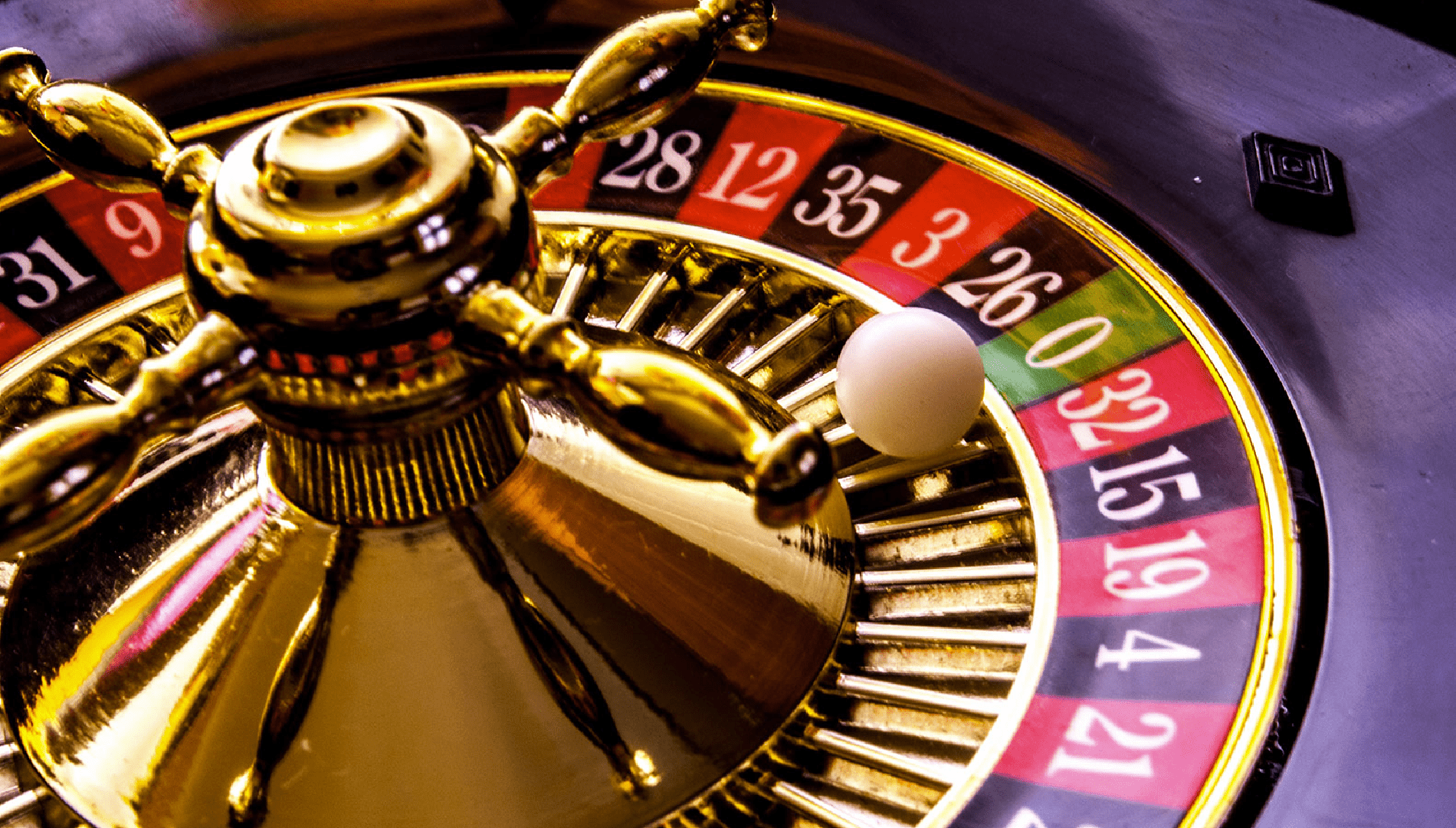
5 Baccarat Strategies for Live and Online Play
Do you think learning baccarat is too difficult? Acquire five baccarat methods so you can play both online and live with ease.
One of the most played card games in casinos is baccarat, and players know that the game is as much about putting themselves up against the casino and each other as it is about using methods that may be adjusted based on the opponent. Conversely, novice players may initially opt to play blackjack, the cousin game of baccarat, if they think baccarat is too tough to understand.
Instead, baccarat is a relatively simple game to learn and requires less decision-making from the player than poker or blackjack; the only thing that takes time is becoming an expert at the game and figuring out which techniques work best for your own style of play. It's interesting to note that the majority of the time, a good baccarat game comes from strategy mastery alone—bold betting is not necessary. This post will provide five fundamental tactics that any player, regardless of skill level, can use to increase their winning percentage in the age-old game of baccarat.
Basics of Baccarat
Three distinct boxes that are placed in front of each player are the focal point of the baccarat game. Each of these boxes represents a distinct wager: the banker, the player, and the tie bet. The quantity of chips that go on one of these boxes is chosen by the players. Depending on how many decks are used, baccarat can be played with six, seven, or nine decks of cards. Each deck is reshuffled before the next hand.
On the first round, the banker hand is dealt into the player box along with two face-up cards. The player's primary objective is to get as near to a 9 as they can. The player can decide whether to stand or ask for another card in an attempt to move closer to nine depending on the worth of the first two cards they have. The tie bet wins that hand if the player hand and the banker hand are dealt the same number of points.
Successful Baccarat Strategies
It takes much more than just understanding the game's rules to gamble and win at baccarat, just like any other game of chance. Acquiring basic betting methods for baccarat will help you win more games and improve your comprehension of the game's fundamentals. Here is a list of five tried-and-true baccarat tactics that you may employ right now to improve your game.
1. At first, only place small bets
There is little evidence to back up the notion that you will keep winning once you start, even if the "baccarat attack system"—a tactic in which bets are raised each time a player wins—is frequently mentioned. In baccarat, the stakes can shoot up to millions of dollars in a matter of seconds, so starting out cautiously with your wagers can assist you avoid making bets that would soon deplete your bankroll. Understanding the house edge in the game you're playing might also be useful. At 1.06% to 1.24%, baccarat has the lowest house edge of any casino game in this instance.
2. Recognize the Odds and Beat Them
Realizing that baccarat is essentially a probability-based game is the most important of all the strategies and suggestions you can use to win is. Remember that the objective of baccarat is not to beat the banker, unlike many other card games of a similar nature. To always place the strongest wager in each and every round is your aim. It may even be necessary for you to wager against yourself in several baccarat rounds.
You can determine the ideal time to make a larger wager by constantly analyzing the table. Furthermore, it is generally acknowledged that baccarat is an unbeatable game over the long term. Your chances of losing at a baccarat table rise rapidly the longer you play. This means that in addition to evaluating your time at the table, you also need to determine the likelihood that someone else will join you there.
3. How to Count Cards Correctly
Since eight decks of cards are typically used to play baccarat, you would need to be quite the math pro to keep everything straight. On the other hand, you shouldn't compare baccarat counting in any manner to blackjack card counting. Never panic: It's not about how many you count in baccarat; it's about how you count.
One wise place to start, for instance, would be to train yourself to focus solely on the picture cards. Since each deck has twelve graphic cards, you can decide which ninety-six cards are appealing to you. As they approach the table, count down from this figure. Throughout the game, this lets you know how many picture cards are left in the deck at any given time and gives you an indication of possible combinations. This enables you to determine which wager is optimal.
4. Recognize the Types of Streaks
As we've shown, baccarat is a probability game by design. Even high rollers, nevertheless, sometimes forget that this also holds true during unexpected winning runs. One of the most important things you can take to any baccarat table, whether you're playing mini or real money baccarat, is a profound understanding that streaks are never statistical.
There is no way for you to regulate, foresee, control, or summon them. This means that it is never a reasonable method to play baccarat to scale your bets only because you are on a winning streak because you are depending on profitability that has no mathematical basis. Consider streaks as the happy oddities that they are, and keep in mind that no matter how many times you toss the coin or how many times it has landed on heads before, the chances of it landing on heads are always one in two. In baccarat, the same fundamental logic of probability applies, and astute players place their bets appropriately.
5. Steer clear of the tie bet.
The biggest payments on a tie could make it appear attractive to wager on it, but this is usually considered a waste of money. Make it your habit to wager on the banker instead. In regular baccarat, the banker wins slightly over 50% of the time. For this reason, many casinos charge a commission on banker bets. The banker always offers the player the best odds, even though there might be a few rounds where betting on the tie would clearly benefit the player.
Making the Most of Baccarat Betting Systems
If you already have highly developed baccarat skills, you might be looking for more intricate methods to improve. At this point, you might be interested in exploring the world of using established baccarat techniques of play. Nonetheless, it's critical to recognize the distinctions between strategies and systems.
A strategy is meant to be used as an all-encompassing, fundamental guideline that pertains to the fundamentals of every game. Betting methods are especially related to the preferences of the individual player. Numerous platforms are available for playing baccarat live or online. The following are synopses of some of the most widely used winning baccarat strategies:
Fibonacci: Baccarat players who use this technique assign a "unit" or amount of money to each number in the Fibonacci sequence (1, 1, 2, 3, 5, 8, 13, 21, 34, 55, 89, etc.) based on the traditional mathematical interpretation of the sequence. The initial step for a player is to choose that unit and place their first wager of one unit. The player wagers one unit once more if a win is assured. After a loss, you bet one unit, two units, three units, and so on until you get a victory again. You then proceed to the next number in the series.
Martingale: Bettors double their money each round until they have a winning hand, at which time they return their initial wager. This system is considered “aggressive” for its tendency to result in high-risk betting.
Track the shoe: Gamers look for trends and bet on consecutive winning hands in an attempt to seize a winning run. This strategy would suggest betting on the bank, for example, if the tie won the first two rounds and the bank won the third.
D’Alembert: This method, which also uses units, encourages less wild swings in the player's money by requiring an increase of one unit in wager after a loss and a drop of one unit after a victory. The player only wagers one unit again if they prevail in the first round.


















